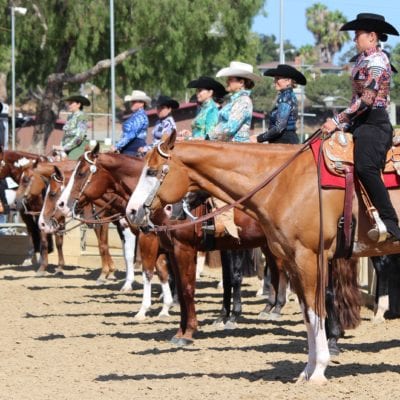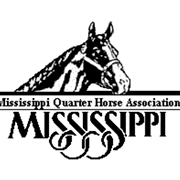The American Paint Horse is a breed that has been developed around colorful pinto coat patterns as well as stock-horse breed characteristics. The American Paint Horse Association is the second largest breed registry in the United States, based on the number of horses registered annually.
But exactly which horses make it into either the Solid Paint-Bred or Regular Registry and how, is something that is continually evolving and is often the topic of heated debate.
Currently, to be eligible for registry with the APHA, the sire and dam must be registered with either the APHA, the American Quarter Horse Association (AQHA) or the Jockey Club (Thoroughbreds); if both parents are registered with either AQHA or the Jockey Club, then the horse must meet APHA’s color requirements that require two-inches or more of solid white hair with some underlying unpigmented skin in the qualifying area.
Last year, the American Paint Horse Association passed rule RG 070-E. This rule allowed solid horses with two registered Paint parents that both exhibit a designated Paint trait and possess a known paint pattern gene (based on genetic testing) to qualify for regular APHA registry instead of Solid Paint-Bred.
We spoke to several APHA stallion owners and breeding managers to find out more about how this rule change has impacted the breeding business.
Overview
With the passage of RG 070-E last year, which was implemented immediately, APHA has advanced 209 SPB horses into the Regular Registry, with 248 horses applying.
These are the most current numbers through March 2nd, 2018, and these numbers are likely to grow as the rule is a new one, and was just amended this month to include in the list of designated traits characteristics that are inherent to horses with one or two tobiano parents. (See the amendment passed here)
The features for tobiano bred horses are different from the characteristics we usually see in overo-bred horses, and the new revision will address those differences, giving these horses a better chance of qualifying.
As more people become aware of the new rule, and more horses are tested, we may see the number of horses applying and advancing increase. The complete rule and current color requirements for APHA registration can be found here.
Question: How have the changes in Paint registration rules affected your breeding business?
 Erin Bradshaw, owner of APHA Stallion, John Simon
Erin Bradshaw, owner of APHA Stallion, John Simon
“It’s been fantastic! To date, we have had roughly 10 John Simon’s move to the regular registry, and there are still a couple [applications] pending. They are not all from a specific foal crop, so it has been anyone who has ever bred to John with a resulting solid foal from a Paint cross. They are the ones testing. It has also been interesting going into foaling season because now you don’t know if foals are solids. I mean, now you get a solid out of a Paint, and you just sit there scratching your head going…alright…now I need a color test to see what I’ve got! Waiting for test results has been interesting for breeders that want to breed the mare back who are not sure if they have a solid or regular registry foal. Thankfully, John is an outstanding color producer, so we haven’t had to wait on too many to be tested. Our breedings are up on Paint mare bookings for 2018, so I think the change is going to help the Paint breeding industry tremendously.”
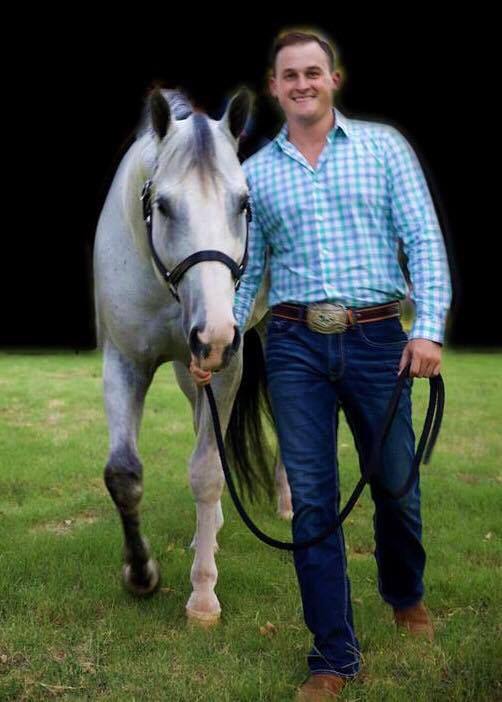 Dominic DeStefano, owner of APHA Stallion, I Got Em Talkin
Dominic DeStefano, owner of APHA Stallion, I Got Em Talkin
“Last year’s rule had a positive impact on my breeding business and, I believe, on Paint breeding as a whole. The rule allowing for regular registry from a genetic marker, resulting from a Paint to Paint cross only, not only promotes breeding within the Paint breed but also allowed for more foals that hit the ground to obtain regular registry. Overall, I think it was the best move APHA made in modernizing and handling foal eligibility. Personally, when the rule passed last year, we offered a week of free breedings to solid broodmare owners to my stallion, I Got Em Talkin. Numerous people took advantage of the promotion, and at the same time, we had a few 2017 foals that obtained RR off of a Paint trait like lip white combined with testing positive for the W20 gene. I Got Em Talking, aka Buzz, is an overo and carrier of that gene.”
 Julie Harnish, owner of APHA stallions, Gentlemen Send Roses and Invited Back
Julie Harnish, owner of APHA stallions, Gentlemen Send Roses and Invited Back
“I’m not a fan of the rule. Numbers don’t lie, and we’ve seen a significant drop in bookings since the first version of the rule was passed last March. The amendment that addresses the tobiano characteristics looks good on the surface but doesn’t actually address the concerns of breeding tobianos. The tobiano coat pattern is a dominant gene, so if the horse carries the gene, it is usually expressed in the physical characteristics (coat pattern). So a solid foal from a Tobiano parent or parents has a very slim chance of possessing a genetic marker. There are tobianos who have been advanced to the regular registry under new rules, but it is because they have the W20 gene, not a tobiano genetic marker. Overall, this rule comes at the detriment to tobianos.”
 Jerry Laumer, owner of APHA/AQHA Stallion, MDR Impulsive
Jerry Laumer, owner of APHA/AQHA Stallion, MDR Impulsive
“I use genetic testing on my mares for breeding decisions, like avoiding a lethal white foal, etc. However, the required testing adds to registration fees considerably. APHA makes $40 on every full panel from Etalon testing labs and will only accept results if I pay the markup. That is a total of $140 per horse. UC Davis also has prices testing marked up, but I do not have numbers. I have done $140 tests on my stallion and mares. Then, it costs the same to test foals to check for color markers. I think some rule changes should have been held off until more color markers are identified. There are many markers for color that go unidentified. For example, there are color markers that are more common in TB lines, like rabicano. This makes some of the new genetic testing rules like RG 070.E unfair to breeders who have horses with unknown color markers. It’s hard to pass the added costs of all the testing on to buyers. I think more alleles should be known before putting genetics into color registration rules. I have raised some AQHA/APHA horses, and if I try to use DNA from one test for both associations it can take six months to get papers, and I have resorted to doing two tests, one for APHA and one for AQHA.”
 Nicole Dalton, owner of APHA Stallion, The Wow Factor
Nicole Dalton, owner of APHA Stallion, The Wow Factor
“I went out and bought Paint mares who have different color genes than the ones my stallion carries to cross on him. With the new RG-070 E color rule, it makes sense to breed APHA x APHA. The passing of the rule and early implementation (last year) 100% of the foals from Paint to Paint breedings received Regular Registry papers! I have also received quite a few contracts on APHA/AQHA mares this year to my APHA stallion because the new rule takes a lot of the risk out of breeding Paints. Breeders are willing to forgo DR papers on their foals instead of a quality APHA only foal. I think it’s a definite step in the right direction and a huge benefit to those breeding for color.”
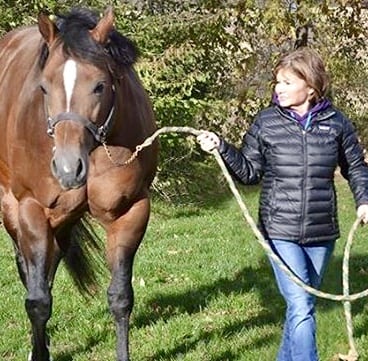 Vicki Livasy, owner of APHA Stallion Frozen and APHA/AQHA Stallions, Telachrome and DC Legacy
Vicki Livasy, owner of APHA Stallion Frozen and APHA/AQHA Stallions, Telachrome and DC Legacy
“I’m not sure about all the genetic testing. If you have two Paint parents and produce a solid, and it doesn’t have markers, some people think it isn’t a marketable horse. I think instead of the markers, make a market for solids. I’m more concerned with conformation than color. Color is the icing on the cake for me. With testing comes more and more money paid out by the owners of the foals. When does it stop? As a stallion owner, I also put in money for testing, futurities, etc. for my customers.”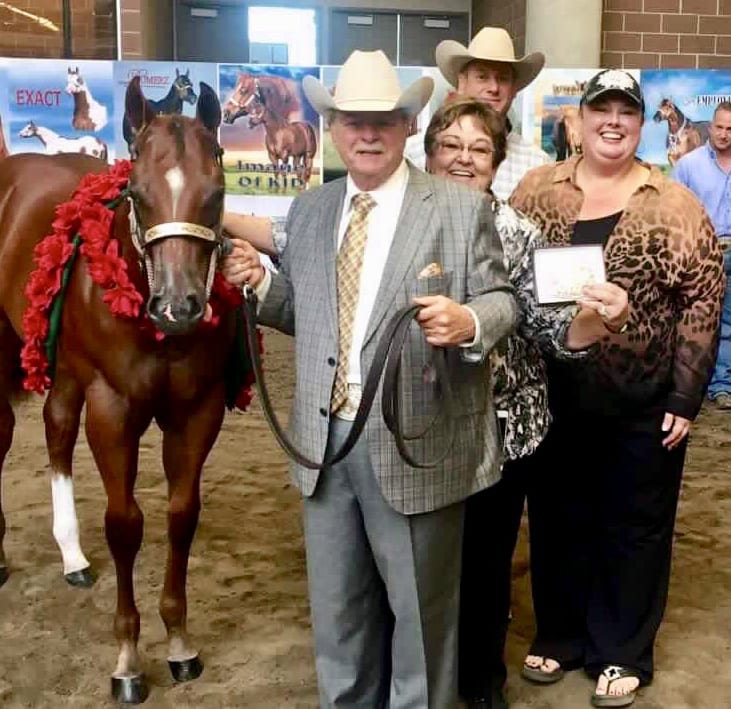 Kelley Stone (pictured right), partner/manager of Diamond 2M Show Horses, which stands APHA stallions Hes Stylin, Transcendence and Grandslam Kid (APHA/AQHA)
Kelley Stone (pictured right), partner/manager of Diamond 2M Show Horses, which stands APHA stallions Hes Stylin, Transcendence and Grandslam Kid (APHA/AQHA)
“RG070-E has been a great benefit to the Paint breeder including myself. It gives that single registered Paint stallion who is bred to any Paint mare a greater opportunity than ever before to have a foal eligible for the regular registry division. This rule impacted just over 180 registrations last year alone and did so without risk of depreciating our critically important color genetics and identity. As a breed, we must always attempt to uplift and protect true Paint breeders. This rule gives mare owners more routes to success using single registered Paints and is proving already to be a valuable tool. We must always be looking at other routes to continue and further our success as a whole as breeders, we are not done yet, but this rule has been a very safe and smart first step.”
How have new rules for Paint registration impacted you? Let us know.
About the Author: A native Michigander, Rachel Kooiker is a lover of horses who loves to write. She graduated from Grand Valley State University with a BA in English and Psychology and an MA in Curriculum & Instruction. She competes in all-around Amateur events with her APHA gelding, Hoos Real. Together with husband Drew, she helps to operate Kooiker Show Horses, where they stand APHA World Champion Im the Secret.
Photos courtesy: Teri Cage, Dominic DeStefano Sheri Bowker, Kelley Stone, Vicki Livasy, Nicole Dalton, Jerry Laumer and Erin Bradshaw


